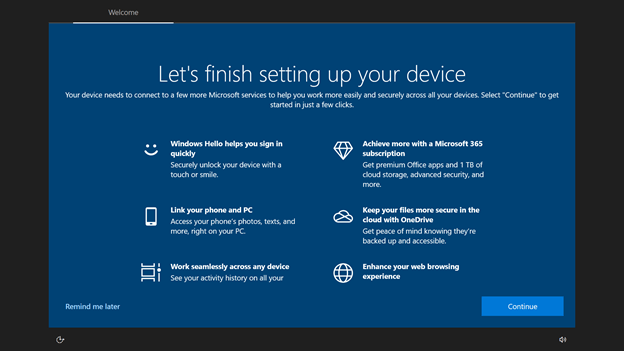

Stage 2:
Documents folder? You want to rule my whole computer, dictate some nonsensical folder structure and then you act like, out of the goodness of your heart, I can have this little set of folders, deep in your weird structure, to store my stuff? And you’re even telling me how to sort it? On my own hard drive connected to my own computer?






They always release their “Creation Kit” which is apparently also what the Bethesda employees use to build the quests and NPCs in their games:
.
The Starfield Creation Kit was only released a week ago (but I think to remember that there was a big delay in its release for Skyrim and Fallout, too - haven’t done any modding since the Skyrim days).